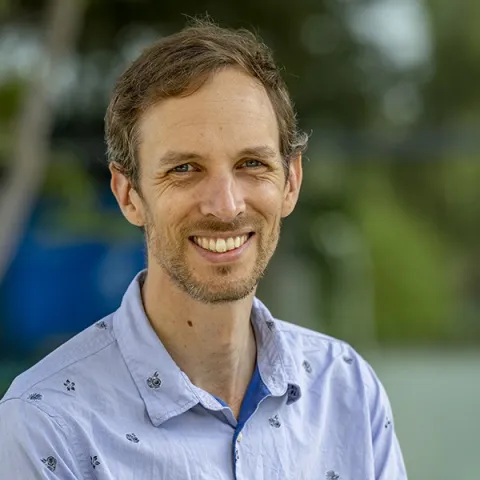About the project
When a gas surrounded by a liquid film flows out of a coaxial nozzle, the stream can spontaneously deform into liquid shells: bubbles of air trapped in a layer of liquid. Under the right circumstances, these liquid shells are highly reproducible and can form at a very high rate, up to thousands of liquid shells per second. This makes them highly desirable for industrial applications where hollow spherical objects need to be produced. Example application areas are encapsulation for pharmaceuticals, 3D printing of foam structures, shells for inertial confinement fusion, and even novel shower systems.
Despite this vast range of applications, how these liquid shells are formed, and what conditions are required, is not fully understood. A better understanding is needed in order to address specific application requirements. For example, the cost of a pharmaceutical product could be reduced by increasing the production rate, but this should be balanced by the potential negative impact on the reproducibility. Addressing this balance requires a thorough understanding of how the production rate influences reproducibility, and which nozzle geometry would be best suited for such a specific application.
In this project you will use computational fluid dynamics (CFD) to simulate the formation of liquid shells from coaxial nozzles. The primary CFD tool will be Basilisk, which is very effective at solving two-phase fluid problems and has a large user base. An optional addition to the project is to complement the simulations by running experiments of the system using state-of-the-art high-speed cameras.
You should have a degree in physical sciences or engineering and have an interest in fluid dynamics. You will join an enthusiastic, friendly, and supportive team of PhD students and postdocs that all work on different experimental and numerical fluids projects within the Aerodynamics and Flight Mechanics Research Group. You will further be interacting with an industrial partner that will support the research.

